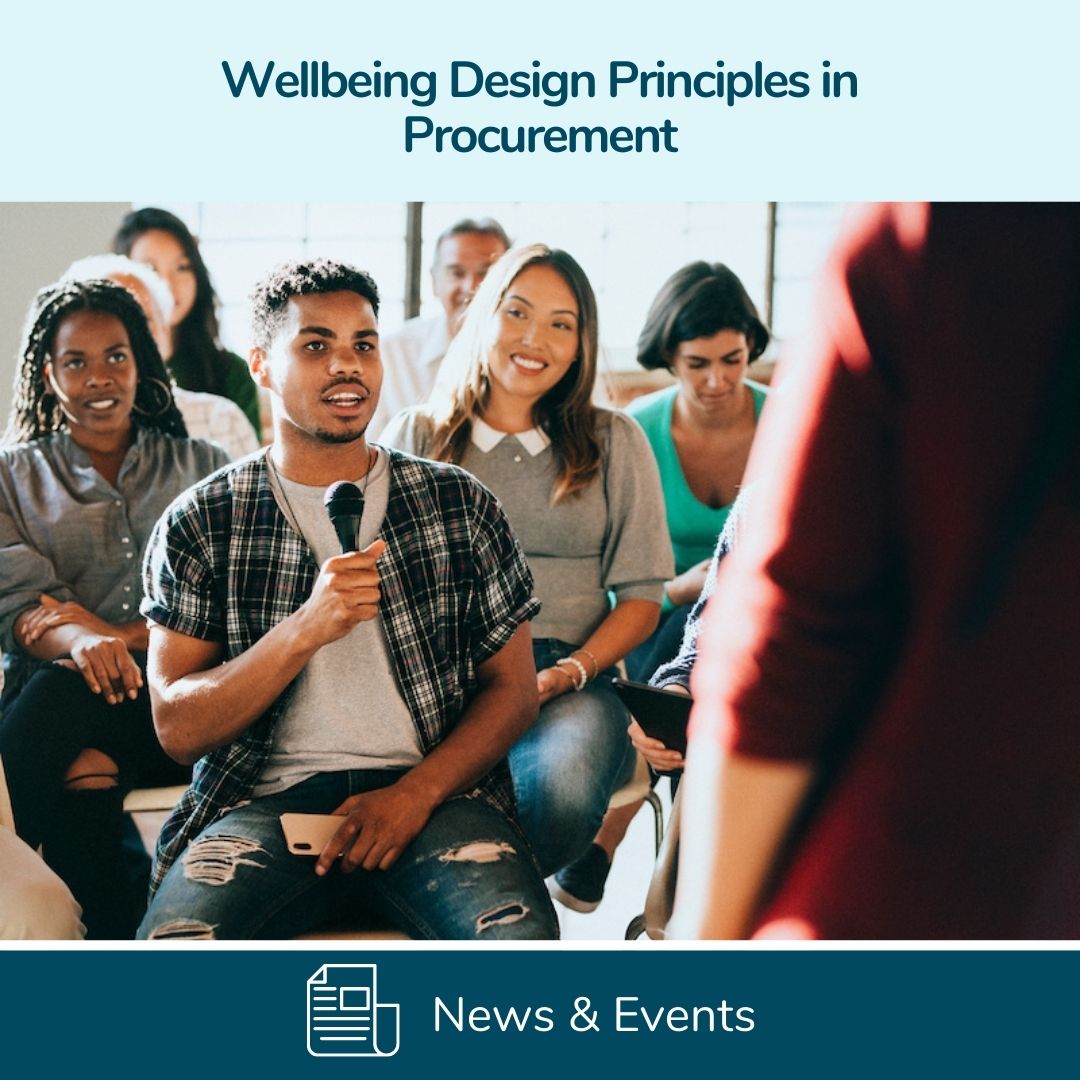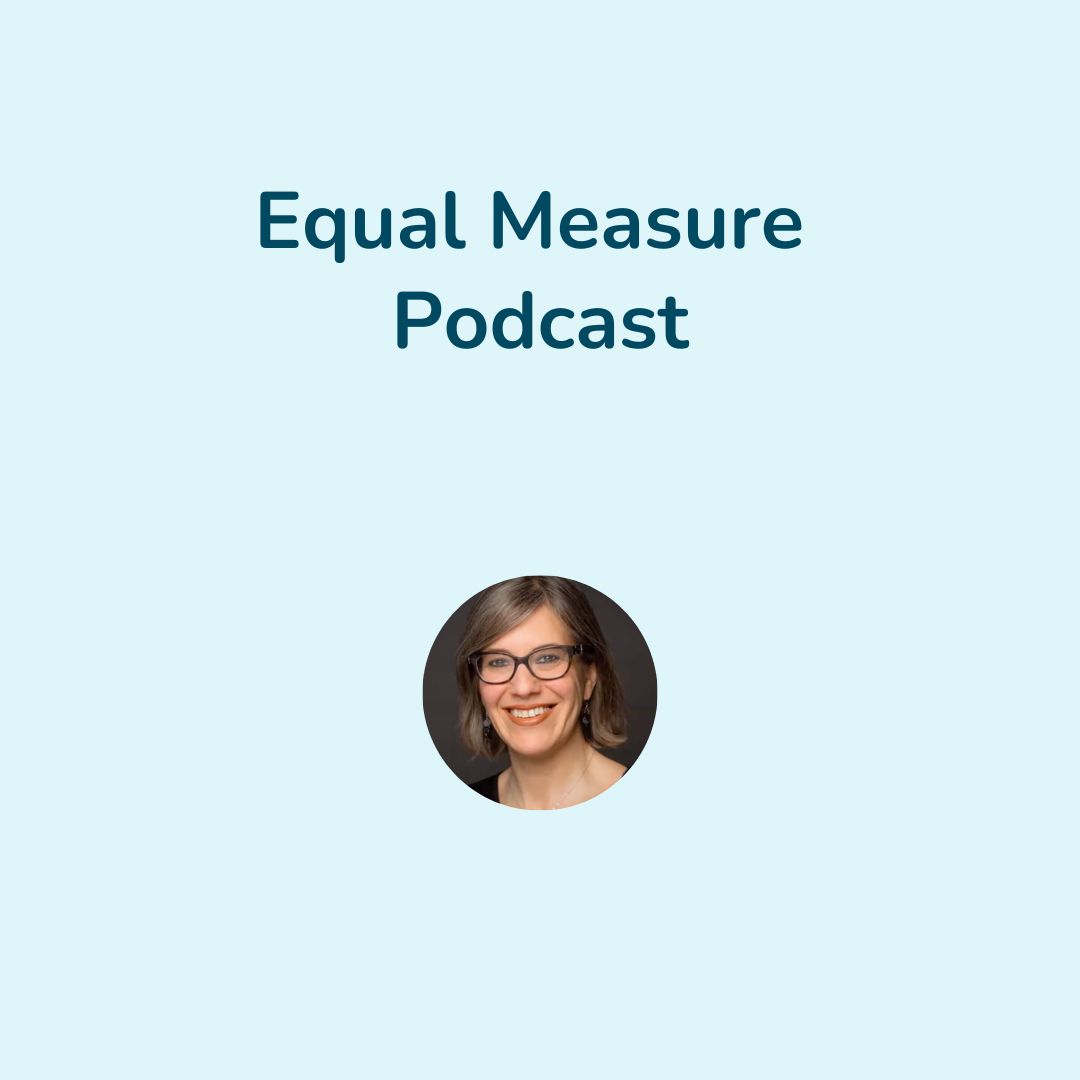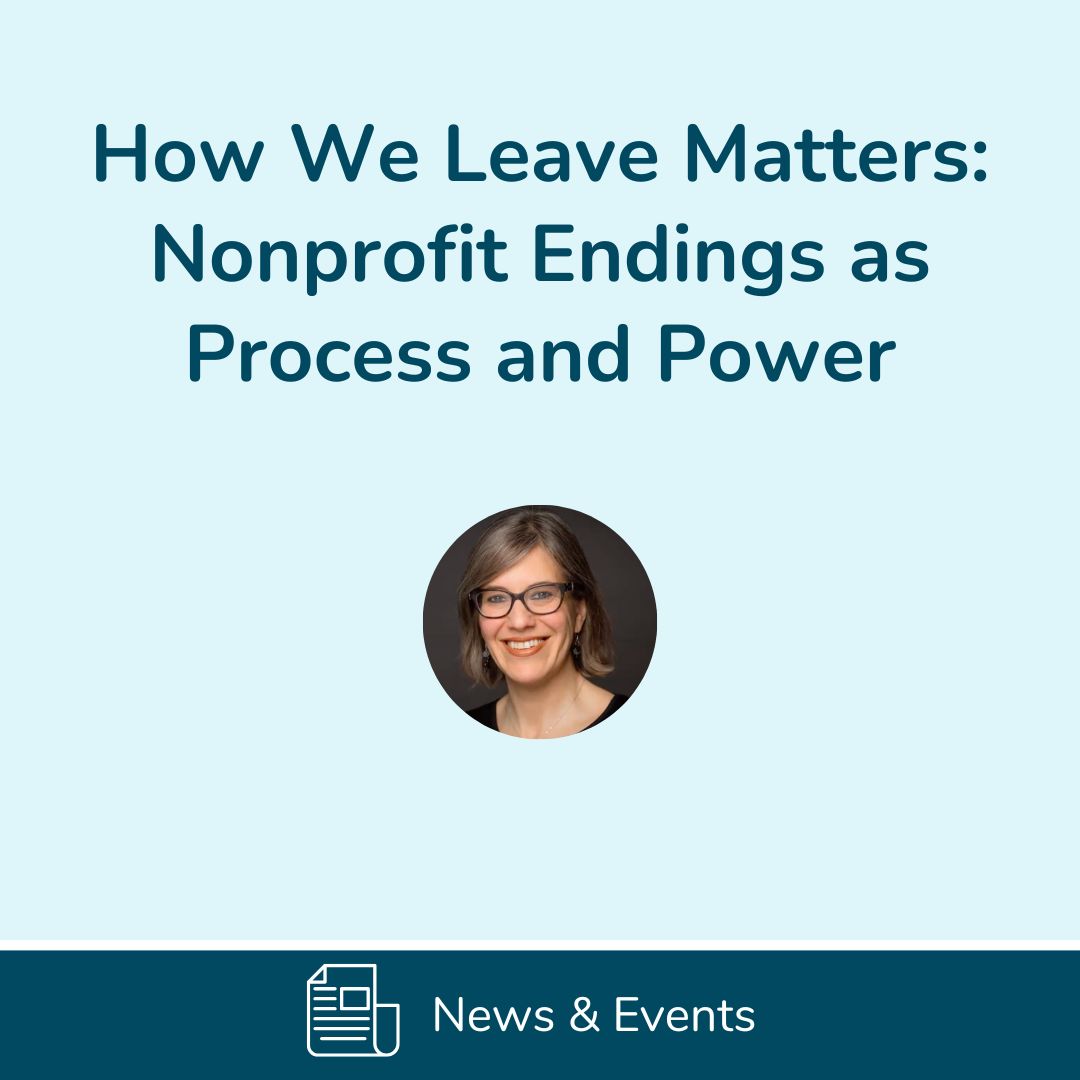
Procurement has the power to change the landscape of our systems. Designing procurement to focus on equitable access to wellbeing can help you harness this important lever for social change by:
Wondering where to start? Here are some ideas for how to apply wellbeing design principles to your procurement process. Where appropriate, make sure the bidders you are considering are applying these principles as well.
Ready to dive in and begin implementing in your next procurement? Download our Contracting for Transformation Toolkit for examples, scoring guides and other tools.







Katya sat down with Equal Measure President and CEO Leon T. Andrews, Jr. to discuss the five domains of wellbeing, the importance of sustained funding for systems change, and FFI’s closure this year.

Katya Fels Smyth speaks at the Rx Foundation on "How We Leave Matters: Navigating Endings with Intention." Watch the recording on the Rx Foundation's website.

Since 2021, the City of New London, Connecticut, has partnered with FFI to shift from business-as-usual to a vision for transformative change. Watch this video from a 2024 event where FFI joined the New London community to reimagine the future of the city.